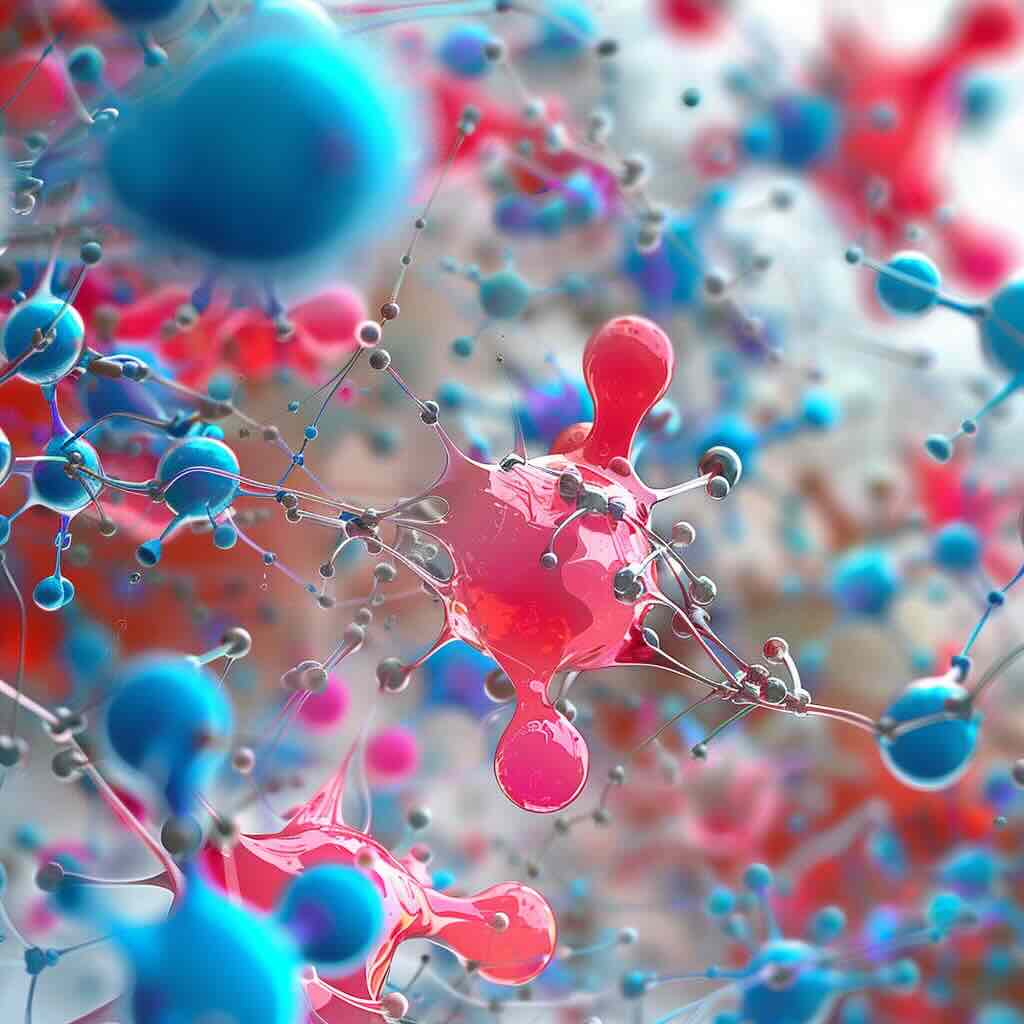Safety Measures When Handling Peptide Bioregulators During Extractions
The quality of the final product has been challenged because they are combined with some raw materials that may be hazardous to the cells of the organs. The safety precautions and technologies applied during the extraction of the bioregulators will be discussed to ensure that toxic substances such as proto-oncogenes and prion proteins among others are absent or less infectious.
The types of Natural Peptide BioregulatorThe major reason for the wide study of the natural peptide bioregulators was for medical application. The wide research has proved that the application of the peptides helps in reduction of certain diseases, pathological states, and ageing. The general term for the peptide bioregulator is cytomedin, which is extracted from the tissues and cells of pigs and cattle. The cytomedins are extracted from the multicellular units of vessel walls, epiphysis, and hypothalamus. The substance is then processed into a pharmaceutical product. Some cytomedins include; Epithalamin (endocrine), Thiamin (thymus) Prostatilen (prostate), Cortexin (cerebral cortex) and Retinalamin (retina). Nonetheless, some cytomedins are still undergoing research.
Newer application of bioregulator has emerged. The newer peptides known as cytamins are mostly specific to the tissues and organs they are extracted from. They can be extracted from liver, prostate, kidney, pancreas, testes, epiphysis, ovaries, eye tissues, stomach, heart, and bronchi among other tissues.
The cytamins are not combined with any other foreign substance and their main effect to the body is physiological; that’s - restoring the normal function of various organs. The discoveries of both the cytomedin and cytamins have been greatly applied in the medical field and they have been able to greatly prevent and reduce the effect of various organs disorders.
Reasons for Safety of the Cytomedins and CytaminsA research was widely conducted and compared to the variant types of the animal and human cells diseases. It was discovered that there is an active protein in the cells referred to as prions, which are deemed to be highly infectious. The extraction of the bioregulator peptide is a very delicate practice as the contamination of the already extracted substance can lead to serious diseases.
Some of the highly infectious substance from the extracts includes proto-oncogenes and nucleic acids, which are very hazardous. Due to that fact, the safety handling of the peptide bioregulators should be of very high importance.
The major factor to consider while extracting the cytomedins is the actual molecular weight (1-10kDa) of the final product. The technology of their extractions ensures that there is no any infectious substance. Some conditions such as the pH value and temperature are applied to ensure that all the microbes and foreign substances do not survive.
The molecular Weight Factor in the Peptide Bioregulators ExtractionIn-depth analysis of the molecular weight of the cytamins revealed that the nucleoprotein complexes are of two groups that is the macromolecular and those that have lower molecular fractions.
Those falling in the macromolecular group averagely weighed 180- 250 kDa while those in the lower molecular fractions weighed 3-10 kDa. The investigations confirmed that the bioregulators have a higher percentage in macromolecular components.
Risk Factor of the Nucleic Acid During ExtractionDuring the research to find out if the nucleic acid is present during extraction, it was verified that the concentration of the nucleic acid was insignificant in the bioregulators with molecular weight below 15kDa. The nucleic acid discovered through phenol-detergent method confirmed that the nucleic acid was least infectious.
More over the studies concluded that the presence of nucleic acid in the extracted cytamins was as a result of degradation of RNA and DNA of the cells that poses no danger to the cells. The technology embraced in extraction of the cytomedins and cytamins ensures that the nucleic acid present does not pose any risk to the cells and activate any virus.
The Components of the Cytomedins and CytaminsThe best methods for analysis of proteins in the bioregulators include histochemistry, electrophoresis, electron microscopy, and immunoblotting.
Electrophoresis as a method was used since it exposes the protein substance present in the cytomedins. More over it exposes those proteins that have molecular weight like prions. The results showed that there was absence of macromolecular proteins including the prions.
In addition, the most recommended and more advanced method histochemical confirmed the absence of amyloid protein in the peptide bioregulators, which falls in the class of prions proteins. Some of the bioregulators studied were Cortexin, Retinalamin, Epithalamin and Cytamins.
Immunoblotting method is a highly effective method in establishing the presence of various proteins such as the PrP and prions compound. When the antibodies that are monoclonal to PrP were applied, the final result indicated that the PrP were absent after the extraction. The technology applied in the testing of the protein components was highly effective in sense that the PrP proteins had no abnormal modifications.
The weight of certain proteins matters and after some tests (Electrophoresis) those proteins with molecular weight of under 45-50 kDa and 27-30 kDa were absent. However, in some subsequent testing for the Cerebramin and Epiphamin weighing 30-35 kDa showed the presence of the normal PrP protein.
Research also points out that detection of the prions using the electron microscopic method can be so hard. To increase the sensitivity of the microscope, some measures should be taken such as freezing of the already saturated bioregulators solution.
ConclusionThe extraction of the bioregulators (cytomedins and cytamins) requires the latest technologies. From the above discussion, it is very clear that the extraction of those substances ensures there is no presence of infectious substances. The optimum molecular weight of both the cytomedin and cytamin ensured that the infectious substances were neutralized or absent altogether.
In the research to establish the possible contamination of the bioregulators with nucleic acid, it was confirmed that the nucleic acid present was due to degradation of RNA and DNA, however, they were not infectious. Moreover, the methods employed to discover the presence of proteins showed that the prion proteins were absent. The detailed research thus confirmed that, that process of extracting and handling the bioregulators is safe and the final products are not contaminated.




